Time to Step Out of Your Color Comfort Zone?
When the time comes to pick paint colors, I (without fail) spend hours and hours deliberating. But no matter how long I spend sifting through paint chips, I pick some form of white, blue or gray, every time. I’m willing to guess that I am not alone in having a preference for either warm (red, orange, yellow, cream) or cool (green, blue, gray, crisp white) hues. And if you consider what the colors represent — cool hues: calmness and serenity; warm hues: social engagement and energy — it sort of makes sense that people would prefer colors that work with their personality.
Which got me thinking … what would happen if we bucked our natural inclinations and went for a color on the other end of the spectrum? Could a quiet reader like myself suddenly find herself wanting to throw more parties? Could a social butterfly find a Zen moment? If you’d like a nudge to step out of your color comfort zone, let this ideabook be your encouragement. And maybe (just maybe) next time I will pick the juicy raspberry instead of Decorators White (again).
Guides: How to use every color
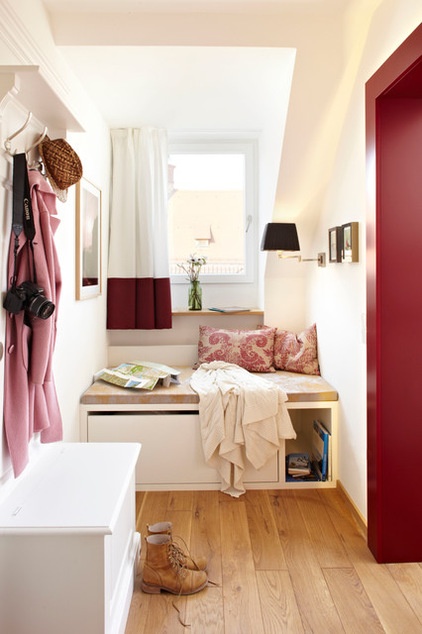
If You Gravitate Toward Cool Colors …
What do you associate with warm hues? List anything that comes to mind. For instance, I associate warm colors with coziness, tradition, confidence and passion.
To take it a step further, break down your list by color and consider what you associate with red, pink, orange and yellow. Are any of the words you come up with appealing to you? Do any describe something you would you like to have more of in your life?
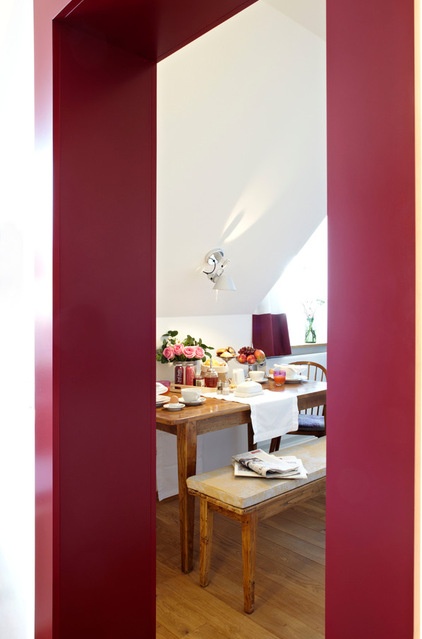
Start with a baby step. I love the idea of painting a small passageway in a rich, warm hue, like the raspberry shown here. It’s just enough of a lick of color to add life to the space without overwhelming.
Another baby step could be painting bookshelves — either the entire bookcase or just behind the shelves — to bring some oomph to the living room.
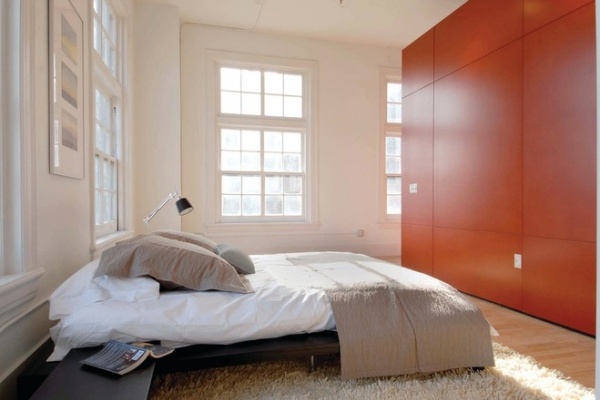
Paint a single bedroom wall. Painting the wall facing your bed is certainly an effective way to see how you really feel about a color. It’s not as if painting one wall requires that much effort, so why not give it a try? It could be that waking up to a brilliantly rich color energizes your mornings.
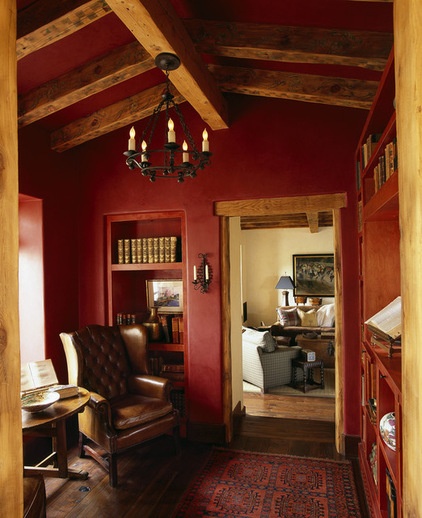
Saturate a small room. If you have a small office, den, powder room or another compact room, that would be a great place to test out a new-for-you color. Imagine a rich red library, a cozy chocolate-brown den or a hot-pink powder room.
How to work with brown
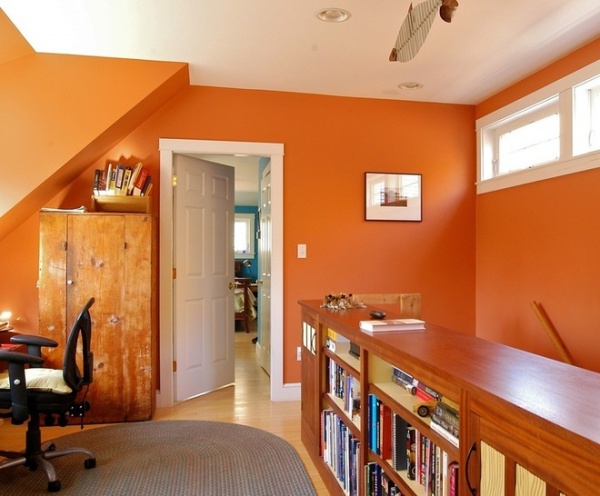
Make a pass-through space stand out. Hallways, stairs and other pass-through spaces are also great starter spots for color. Since you don’t spend long periods sitting in these spaces, a stronger color can give a welcome boost without feeling as if you have to change your entire decorating scheme to accommodate it.
How to work with orange
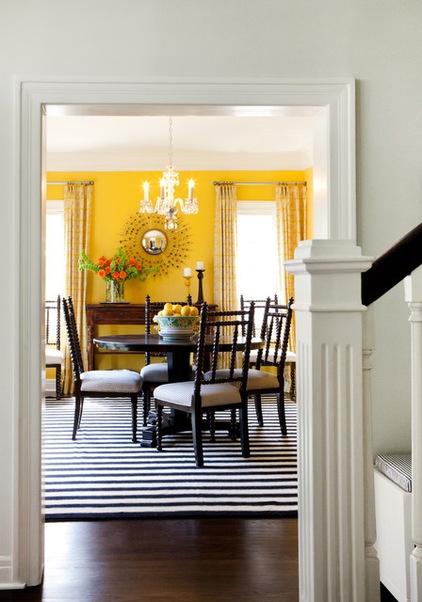
Paint the dining room. A formal dining room is another space where you probably don’t spend hours on end, making it an easy place in which to experiment with stepping out of your color comfort zone. Imagine how just getting a peek of sunshine yellow would make you feel uplifted!
Color Feast: When to Use Yellow in the Dining Room
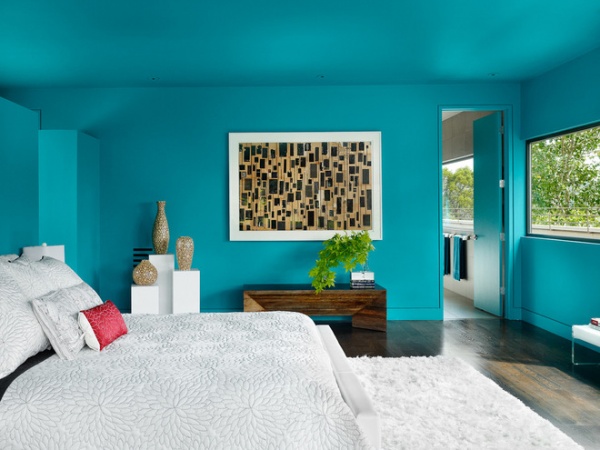
If You Gravitate Toward Warm Colors …
What do you associate with cool hues? Make a list of anything and everything that comes to mind. For example, I think of cool hues as being calming, spacious and refreshing. Blues can be quite different, depending on the shade and undertones — what comes to mind when you think of turquoise, powder blue or navy? Note any words you come up with that describe something you would like to accentuate in your life or home.
How to work with turquoise
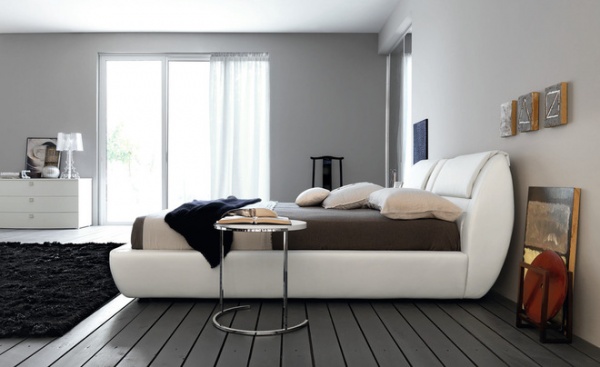
Start in the bedroom. As a place meant for rest, the bedroom is a natural place in which to try out a cooler, quieter color palette. Consider a soft gray, blue or green.
Crisp white is also a good choice for the bedroom — even though pure white is officially not warm or cool, crisp white often reads as cool, while cream and ivory are warmer.
See 8 great bedroom color schemes
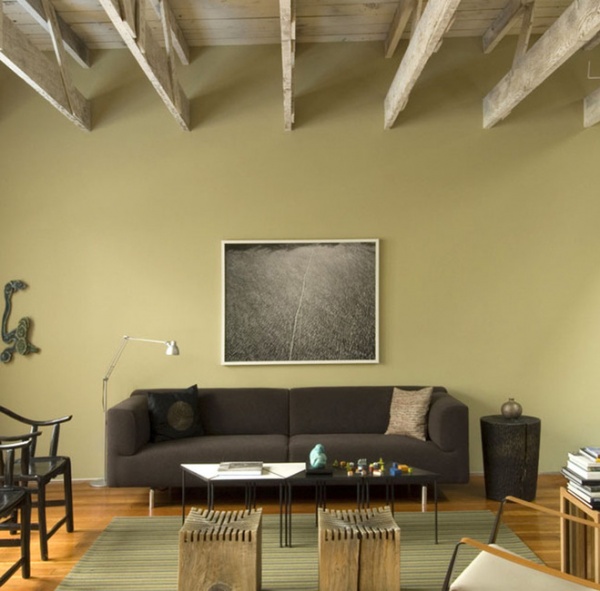
Make an oasis of calm. A sitting room or study painted a soothing shade of green or blue is a wonderful place in which to unwind. If the rest of your home is filled with zesty, warm hues, having a space that is utterly peaceful could be just what you need.
How to work with neutral colors
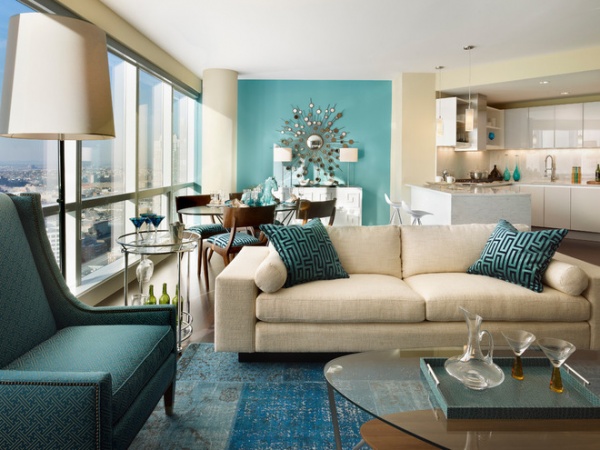
Paint an accent wall in your largest room. Aqua, turquoise, mossy green, gray — cool hues tend to be easier on the eye in large spaces. See if painting a cool-hued accent wall in your living space changes the mood.
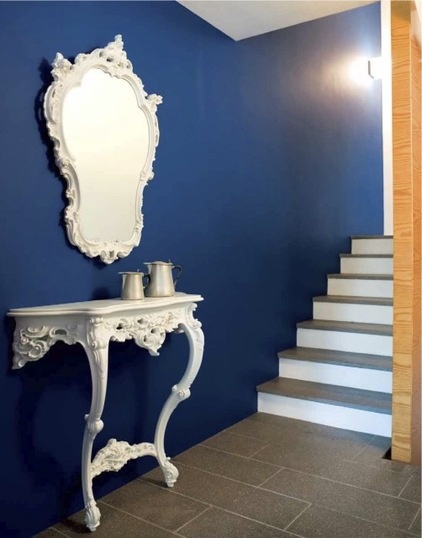
Try cool color on a single floor. If your home has the bedrooms and other private spaces on a floor together, and social spaces on another, consider defining the zones with color.
Use cool hues to bring serenity to the private, family-only areas, and warm colors to liven up the more public, shared spaces.
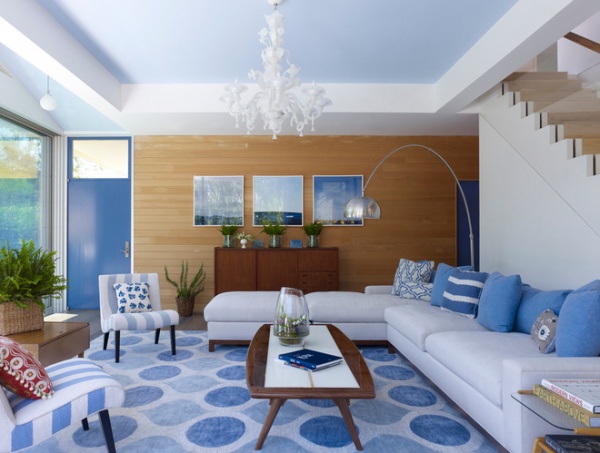
Tell us: Have you noticed a trend in the colors you pick to decorate your home? Have you ever tried stepping out of your color comfort zone?
More: 12 Tried and True Paint Colors for Your Walls












